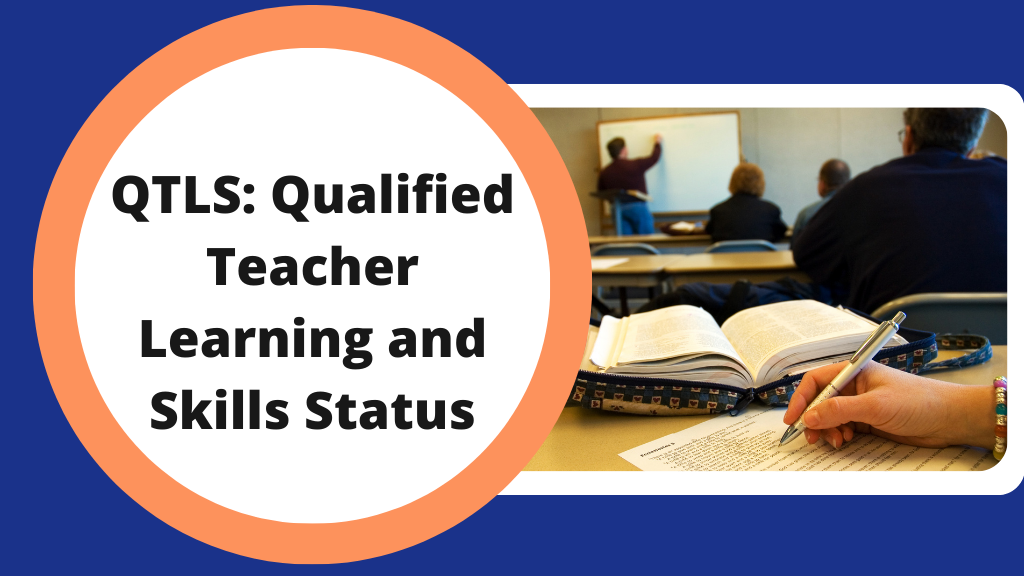April 17, 2010
Typical beginners’ mistakes and how to avoid them
Typical beginners’ mistakes and how to avoid them when teaching.
You will learn many important aspects of teaching on our PTLLS courses but here are a few pointers to those starting out in adult education – common slip ups and easy to remember prevention and cures.
1. Not following the lesson plan.
Practise your lesson prior to delivering it. You might teach it to your family, friends or simply in front of the mirror. Teach it from your lesson plan and do not rely on improvisation as it affects the outcome of the lesson and appears sloppy to your pupils. Remember much of the “banter” and “improvisation” you see on TV is carefully timed and rehersed.
2. Putting too much subject information in the given time.
When practising make sure that you time yourself and ensure the content fits comfortably within the time frame. If you have a feeling that you may need to rush to cover everything, amend the plan and have another go. Students can effectively retain only a certain amount of information. A good teacher teaches to the ability of the students.
3. Lack of assessment.
Assessment confirms whether learning has taken place, therefore, it is essential to any lesson. By the end of the lesson you should be able to answer two major questions – What did students learn? and Do you have an evidence/proof that they learnt it ? You will get advice and guidence on this on the PTLLS course – make sure you follow it.
4. Allowing too much TTT (Teacher Talking Time).
If you ever have had a feeling that you had been ‘talked at’ ? Then you’ll know what too much TTT means. It is not effective and creates a gap between the teacher and learners. In order to avoid it, try to choose interactive teaching methods, elicit answers from your learners rather than tell them everything you know in one go. If you are a teacher of adults and your lessons are full of yawns and furtive glances at watches then this could be the solution for you !
5. Not enough student involvement.
Involve students from the very beginning by using a relevant ice-breaker. Use pair and group work, involve students in discussions and appreciate their input, encourage interaction and allow students to ask questions.
6. Grammar & spelling mistakes on handouts.
Once a handout is written leave it for a while and come back to it later to check. Look at the material as if you have never read it before and try to spot any errors. You may also ask someone to read the handouts for you as sometimes it is difficult to notice your own mistakes. Nobody like to appear a buffoon and there’s no surer route to the “My First Clown Badge” than handouts and boardwork littered with errors.
7. Lack of lesson structure.
When planning your teaching ensure that your lesson has an introduction, a middle and an end. Following the lesson plan will help you stick to the lesson structure.
8. Walking in front of the PowerPoint projector screen.
Yes it’s an old ‘un but many make this mistake !
Before the lesson set up the classroom and decide where you are going to stand and how you are going to move around the room during the lesson. Then set up the projector so that the light from it doesn’t reflect on your clothes.
9. ‘Talking to the board’ – facing away from the audience when talking.
Avoid this by practising your speaking technique and having several items pre-written on flipchart paper or the board before your lesson starts.
10. Giving unclear or confusing instructions.
Try out what instructions you are going to give, you may even write them down – this will structure your speech and ensure that you will say exactly what you intend to say. You may prepare a lesson outline or prompt cards for yourself in case you have a habit to ‘blank out’. It will also help you stick to the lesson plan.
Blogger : Baiba Eberte
Editor : PDM
Next ›‹ Previous
Back to Blog








